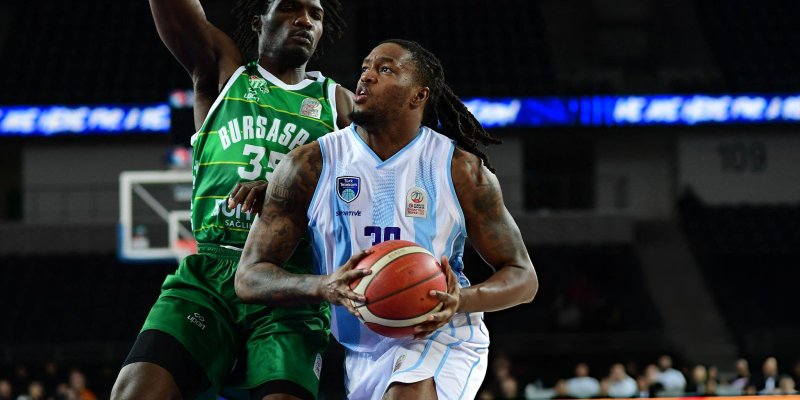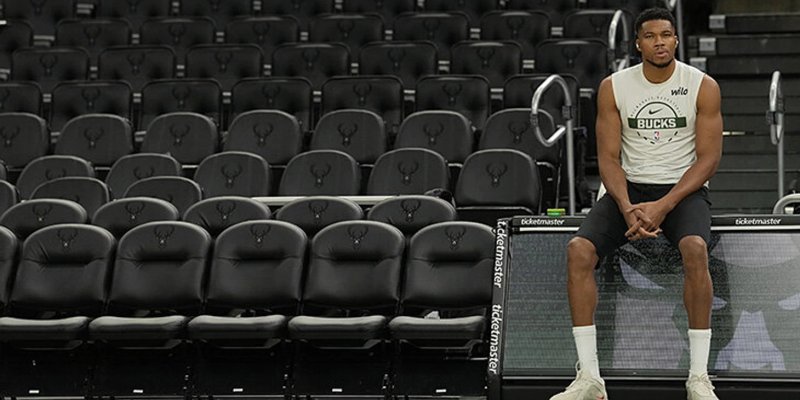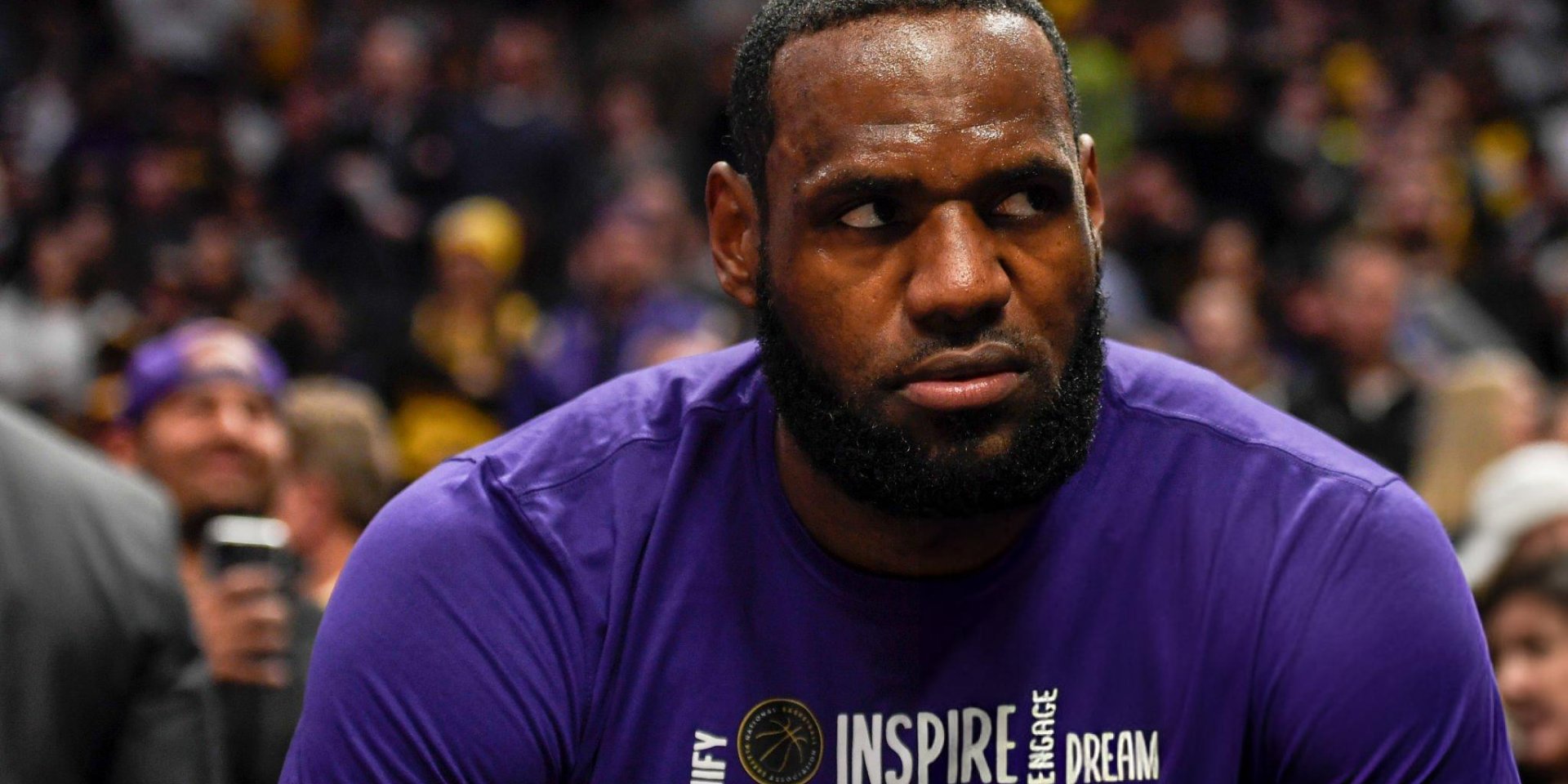
Artificial intelligence has long ceased to be a novelty in the sports world: it generates statistical forecasts, produces highlights, and even composes musical tracks inspired by NBA superstars. Yet this playful interplay of technology and reality suddenly turned into a scandal. LeBron James, a four-time league champion and global basketball icon, has officially demanded the removal of videos portraying him as… pregnant. This deepfake became the last straw in the debate over the boundaries of digital creativity and the right to one’s own image.
Memes on Steroids: The Evolution of AI Content From Jokes to Shock
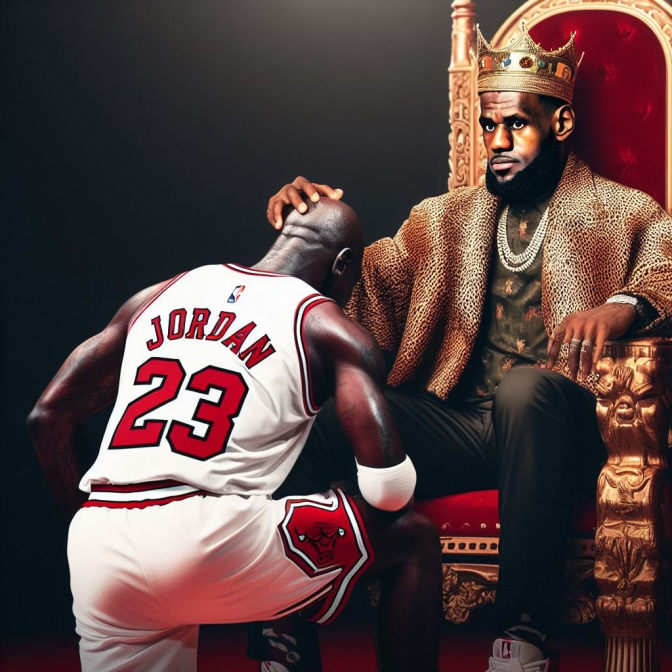
The first experiments with generative AI in the NBA looked harmless: face-swapped highlights or playful illustrations that resembled classic memes. Fans cheered when a virtual Nikola Jokic bulldozed opponents in a pick-and-roll or a not-so-real Jayson Tatum danced to vintage hip-hop. But as neural networks gained computing power, the humor bulked up — and lighthearted parody gave way to storylines that are hard to describe with a straight face.
Two-Word Hit: How “LeBron James” Sounded in R&B Style
One of the earliest viral projects was a looped song composed entirely of LeBron’s name, performed in the style of early-2000s R&B. The paradoxical composition unexpectedly racked up millions of plays, spawning a wave of similar tracks — from “Shai Gilgeous-Alexander” to “Jayson Tatum.” Yet it was the James version that truly blew up. Riding that wave, a neural network “made” LeBron perform Drake, Eminem, Kanye West, and Lil Wayne’s legendary track Forever — where the real video already features the baller as a symbol of perseverance on the road to greatness. The line of respectful irony had not yet been crossed: a comedic montage of other players’ bloopers only amplified the effect.
Fake Insider as a Genre: From the “Doncic Trade” to the “Morant Shoot-Out”

The rise in popularity led to the appearance of mirage accounts. The profile Centel quickly earned a reputation as a pseudo-insider, deftly mixing real numbers with laughable exaggerations. Add ten extra points to Stephen Curry’s genuine 40-point night and social media would explode. Soon AI generators hit a new stage: they began creating press conferences in which an enraged Curry demanded a trade to the Lakers, Nikola Jokic blasted Denver’s front office for inaction, and Ja Morant pulled a gun right at the briefing. The fakes looked convincing enough to mislead a careless viewer.
“Pregnant” King: FlickUp and the Point of No Return
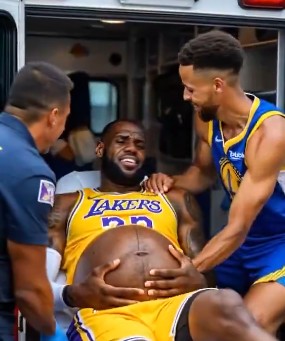
The tipping point came when FlickUp — a platform billing itself as “YouTube for AI video” — allowed users to upload a storyline in which a “big-bellied” LeBron is rushed to the maternity ward where he gives birth to a bearded baby. The player’s legal team immediately sent takedown demands, and three major accounts have already complied. Company founder Jason Stacks admitted that a letter from one of the planet’s greatest players forced them to rewrite the algorithms on the fly, banning the generation of “weird and dumb” images of James, Stephen Curry, and other stars.
A Law Against Deepfakes: The “No Fakes Act” and the Right to One’s Face
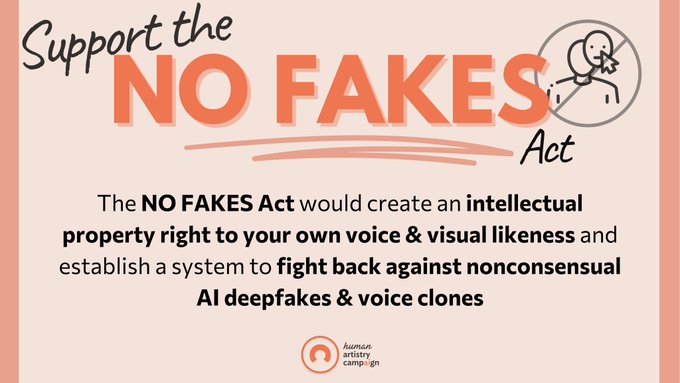
The scandal coincided with Congress’s review of the “No Fakes Act,” a bill aimed at securing every citizen’s control over their digital likeness. “In the age of AI we must protect real people. Your identity belongs to you, not to Big Tech or scammers,” said Representative Maria Salazar, one of the bill’s sponsors. At the same time, lawyers remind us that U.S. legal tradition protects parody, meaning the court will have to balance creative freedom with image rights.
A Precedent on the Horizon: What Will LeBron’s Boycott Lead To?
If LeBron decides to file a full lawsuit, the world will see the first high-profile court case against generative-video developers in the sports arena. A successful suit could set strict rules for platforms on which deepfakes live their own lives, while failure would give creators carte blanche for even more shocking clips. For now, the saga of the “pregnant” forward offers a basketball lesson: even the greatest player sometimes has to set a screen to protect his own paint — this time, a digital one.

